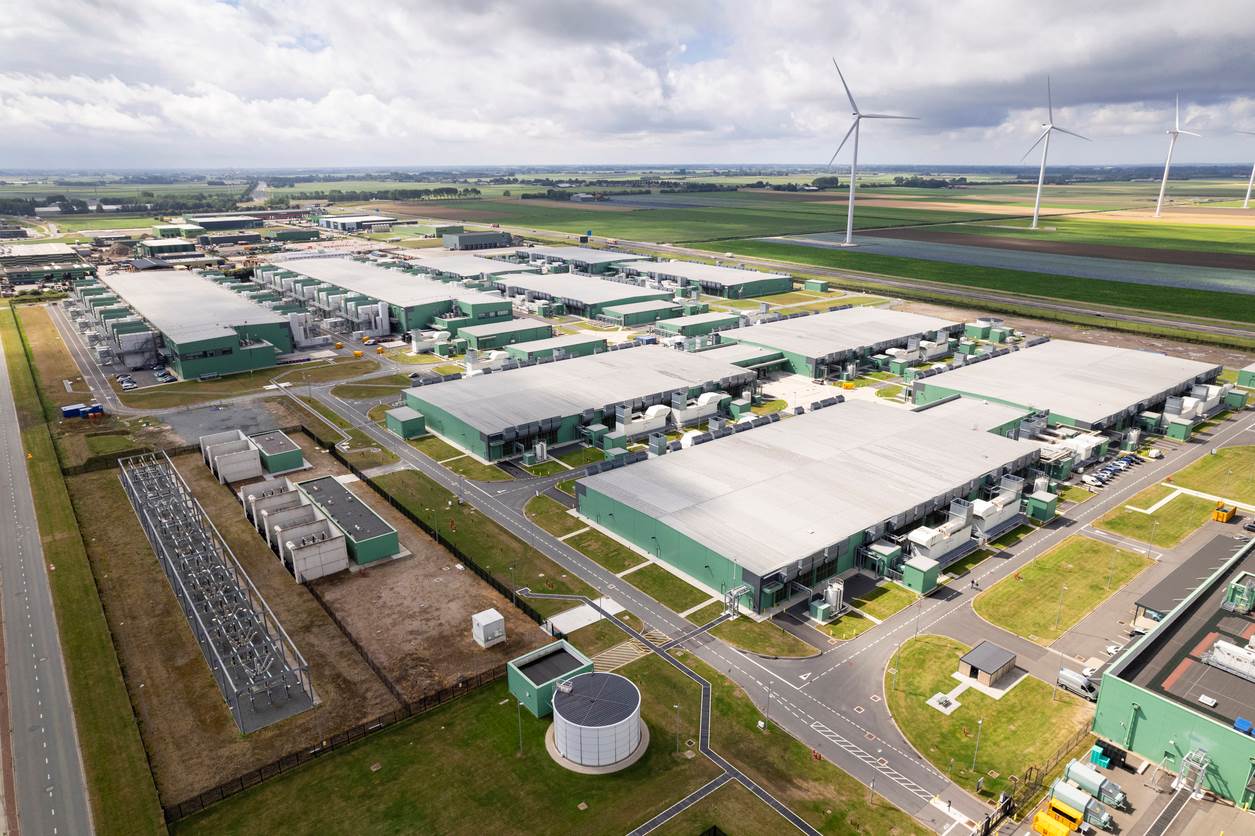
As discussed in my January blog post, 2024 was another year of change for the energy landscape as we continued to see growth in renewable energy adoption and a heightened focus on energy security due to geopolitical tensions. 2025 is shaping up to include more of the same, with more potential opportunities and challenges as the fields of energy efficiency, generation, storage and transmission and distribution are poised for significant advancements and innovation, while increased energy use, geopolitical risks and political change make tomorrow’s energy landscape more uncertain.
The rising use of artificial intelligence (AI) transforming the energy sector is a major item that will affect the energy landscape from the efficiency, generation, storage and transmission side of the equation as well as cause increased energy demand. AI is being used to optimize energy production, enhance grid management and improve energy efficiency by quickly analyzing large amounts of data to accurately predict energy demand while facilitating the efficient operation of thermal power plants, adjusting wind turbine blades and positioning photovoltaic panels in real time to maximize the amount of power produced.
At the same time, AI is being used to enhance grid management and match demand with the varying supply of renewable energy while managing energy storage to store excess renewable energy and release it when needed to supplement the supply. By doing so, AI enhances grid stability and produces real-time analysis and automated responses to fluctuations in supply and demand to quickly adjust energy distribution, prevent overloads and ensure a stable and resilient grid. Also, with energy production increasingly using distributed energy resources and microgrids, AI will allow these systems to successfully operate while reducing their reliance on a centralized electric utility infrastructure.
However, while AI is helping energy generation, storage and distribution become more efficient, it is causing a tremendous increase in the energy required to power and condition the data centers needed to provide this technology. According to an analysis by McKinsey and Co., “global demand for data center capacity could rise at an annual rate of between 19 and 22 percent from 2023 to 2030.” And Goldman Sachs predicts AI will drive a 165% increase in data center power demand by 2030.
In last month’s blog, I mentioned Constellation Energy Corp. signed an agreement with Microsoft to restart the Three Mile Island Unit 1 reactor to generate power for an artificial intelligence data center. We continue to see more of the same activity. Deep Fission, a small modular nuclear reactor, and Endeavour Energy will develop nuclear energy for Endeavour’s AI data centers. NextEra Energy is expanding nuclear and gas energy for these data centers, which includes a partnership with GE Vernova. Chevron also is working with GE Vernova, teaming up with investment firm Engine No. 1 to build gas plants specifically for data centers.
Many other sectors and technologies are also changing, including the energy storage sector, which is rapidly evolving with multiple new technologies. Hydrogen is emerging as a versatile energy carrier and means of storage. And the U.S. administration’s policies regarding energy production and permitting reform are still in flux. 2025 looks like another interesting and exciting year for energy!
Bill Bradford can be reached at bbradford@hanson-inc.com.